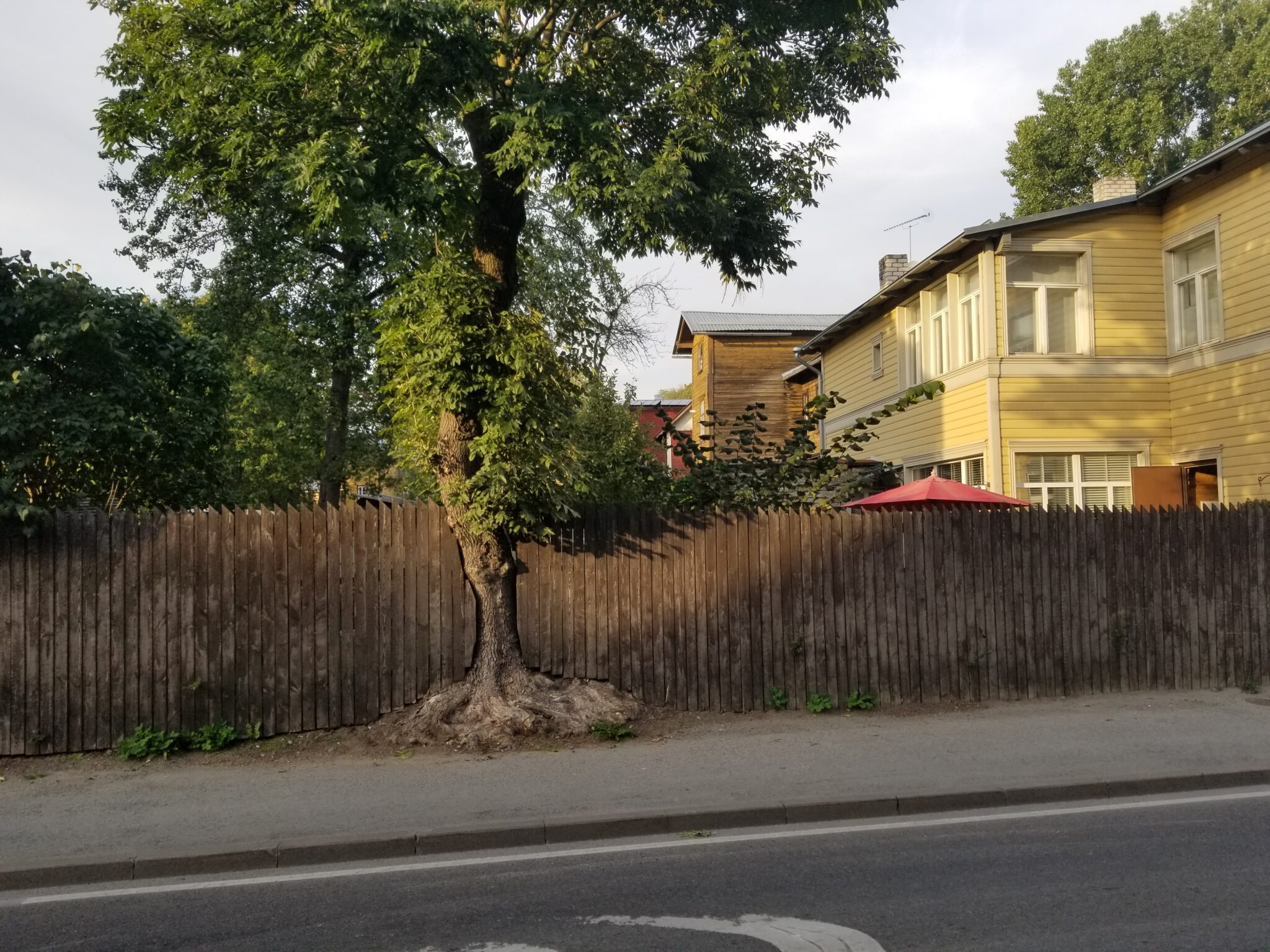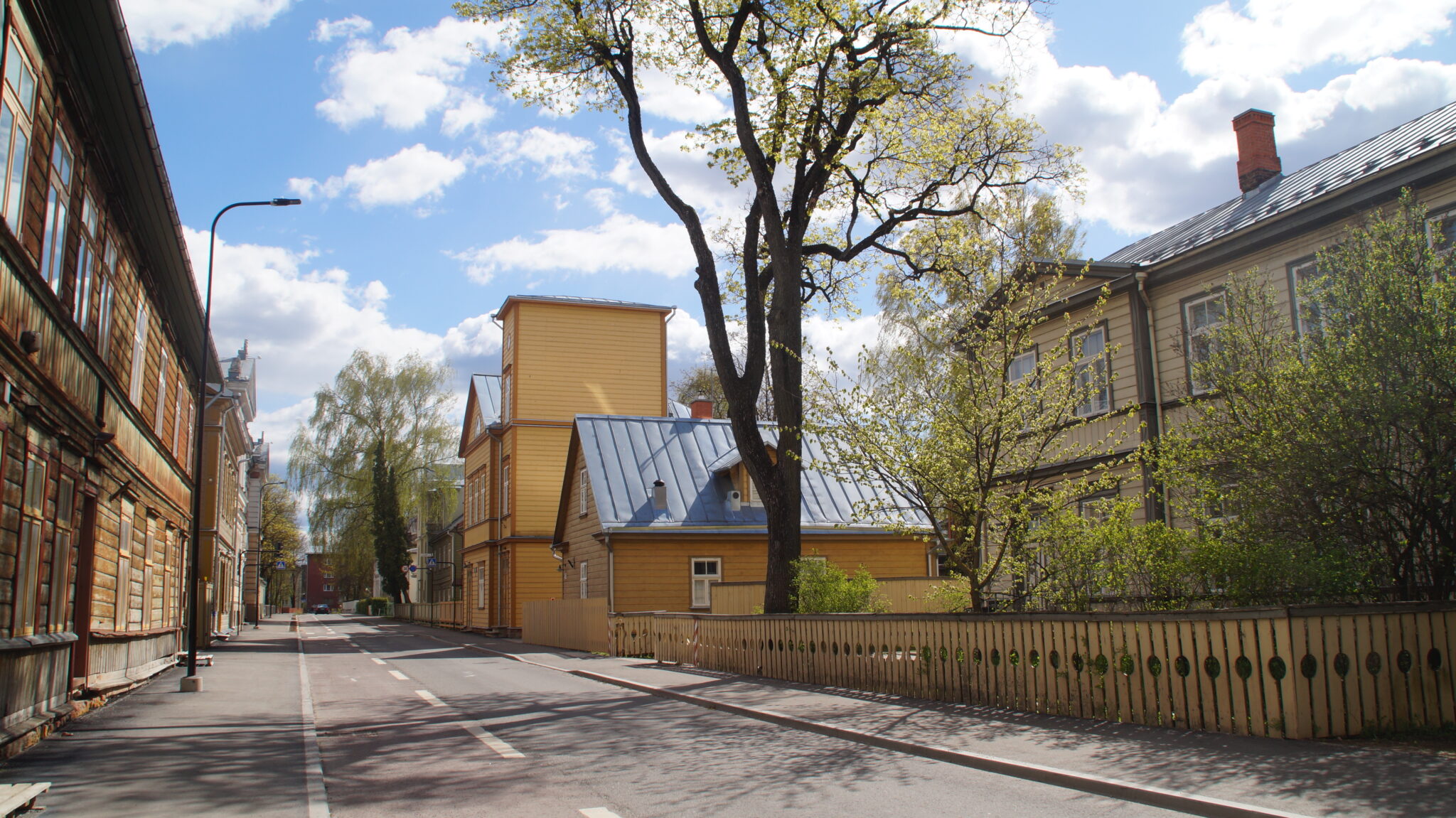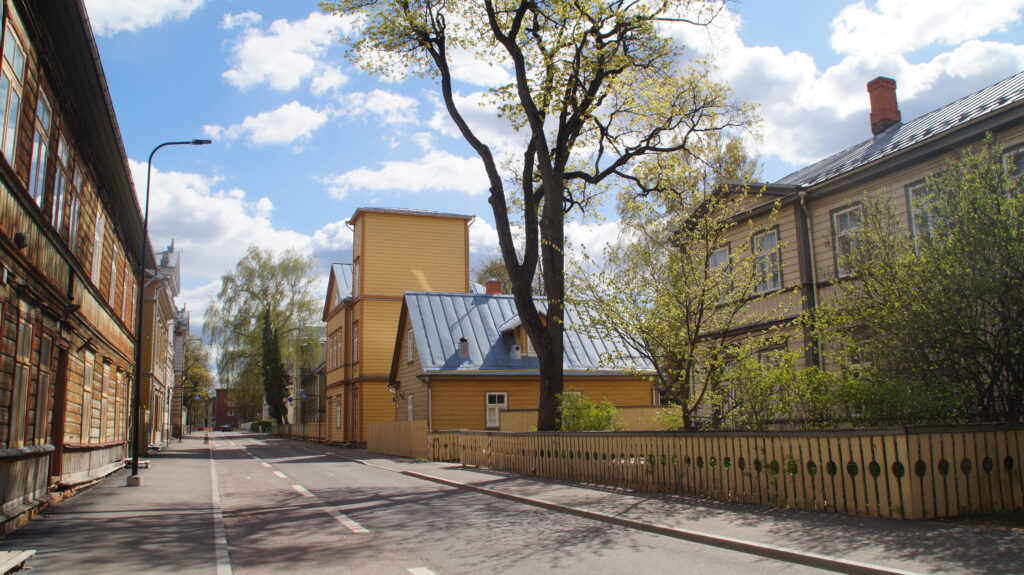The Home
The home is significant for how we grow, how we connect with the natural environment, and how we strengthen the uniqueness of culture.
The phrase "home is where the heart is" is a statement that science cannot fully quantify. Only through examining qualities can we begin to understand this phrase beyond our individual perspective.
Alec Kozicki
A home is for you, but also brings together many stakeholders.
Modeling a home requires examining how various stakeholders are related to certain meaning-making processes. This entails viewing a home as a complex system that is subject to dynamic change.
The place where each one of us calls a “home” includes a sense of imagination, because the place we live includes meaning that relates to threads of the past, present, and future.
Our specialty for the significance of the home is close to the heart, each living space is unique from a biological and cultural perspective. Our services utilize semiotic theory that aim to harness more of the desired qualities our clients are seeking.


How we individually co-develop where we live starts with our understanding of the home.
Ergonomic Design
Biomechanics are a crucial type of affordances for the role on how inhabitants grow with the space they live within.
Interactivity
Engaging with objects within the home leads to habit-formations that shape our actions.
Self-sustainable processes
Self-sustainable processes impact the meaning within the home and the surrounding environment.
Immersive Technologies
Being immersed within a home transforms the physical space into a form of virtual playground.
Smart Systems
Digital technologies integrated into the home requires analyzing beyond the primary function of what the system is designed for.
Ecological Awareness
Awareness of the environment can lead to discovering local semiotic resources that benefit humans and non-humans.
The Home as a Dynamic System
We approach homes as a type of designer-artifact-user system, this allows our methodology to be tailored to the relevant stakeholders in need of semiotic consulting.
The role of the designer is to create an artifact that can be integrated to perform a desirable function for a user.
The artifacts within a home includes active devices, which the user directly interacts with, and passive devices that are designed to relay data to other artifacts.
A user is someone who engages, interacts with technology within the living space.
Read the publications below to learn more about the theory, or contact us to have a talk!
Related Published Research
Earthships as a de-sign process to harmonize with the environment (Upcoming publication)
This article focuses on the role of milieu to examine the balancing act of ‘self-sustainable living’. The article discusses the concept of Earthships, as a type of self-sustainable living space. The broader message of this research is relevant for discussing on what we engage with as semiotic resources and how inhabitants can transition into more of a role as a designer for their home.
The concept of Earthship is a type of contemporary living space that potentially functions as self-sustainable processes within a closed semi-natural ecosystem for its inhabitants through the integration of repurposed commodities and natural local resources. This approach of inhabitation offers a trajectory for co-development with the environment and a creative evolutionary process of Farouk Seif’s (2019) de-sign. The research identifies how the object(s) (Earthship and materials used), the subject(s) (creator and inhabitant) and the environment (natural and built) are interrelated during the co-development process for a trajectory of semiosis. What we will see in this research is that the trajective process of an inhabitant aiming for self-sustainable off-the-grid living within an environment requires a competency and balance to resonate with the surrounding ecological system. Within this framework, the concept of de-sign serves as a means to examine how intentionality and deliberate acts within the creative process to live self-sustainably is oriented towards ecological and anthropocentric systems. The purpose of this research is to elaborate how the concept of Earthships as a self-sustainable living space may have a point of centrality focused on human inhabitation and can be further developed to evoke ecological awareness and sensitivity.
The article will be published soon!
Umwelt in an umwelt: Co-developing within immersive virtual environments and the paradoxical nature of reality and hyperreality (Kozicki 2023b)
With so much digital technology within our homes these days, this article focuses on how immersive virtual environments alter our interactions within the space we live. The aspects discussed in this article aim to show how prominent the notion of ‘both-and’ is for meaning-making processes. Additionally, the article provides a practical theoretical groundwork for homes with digital technologies, which can be utilized by designers and inhabitants of homes.
This paper examines how to model immersive virtual environments using Kalevi Kull’s ecosemiotic model of four degrees of nature. Using this theoretical model allows for an investigation into the paradoxical nature of reality and hyperreality, which is a novel approach to understanding how a user co-develops with both their physical and immersive virtual environments. Analysis for the four degrees of nature within the virtual space reveals that an immersive virtual environment emerges from an imaginative void, contains milieu that users can recognize and interact with, offers the action-potentiality (affordances) for altering and changing materials within the virtual space, and the reproductive nature which converges the boundaries of reality and hyperreality during the meaning-making process for users. Additionally, this paper elaborates how technological household goods in the past century have integrated texts into the cultural construct of a home. The paper identifies how immersive virtual environments alter an inhabitant’s perception and interactions within the home and explains how to model immersion, which is important for future research of user behavior in the digital age of new media.
The article can be downloaded for free from the journal Sign Systems Studies – https://doi.org/10.12697/SSS.2023.51.1.03
Affordance and Ton: The meaning-carriers of semiosis (Kozicki 2023a)
The article discusses the significance of affordances for design and semiotics and uses common household goods as examples of affordances within a home. The content is useful for designers and inhabitants to understand the relevancy of affordances in design practices and habit-forming actions.
In this article, the distinction between an affordance and a Ton is explored, and the role of the environment in the transformation of objective characteristics into species-specific meaning-making qualities is highlighted. The goal of this article is to broaden the theoretical concept of affordances, as it relates to the designer’s creative process of an artifact and the user’s semiosis of the designed artifact. An affordance occurs as a result of a relation between two or more subsystems that objectively exist in physical reality, and the affordance is enacted by a user during the subjective reality’s perceptual functioning (umwelt). A Ton, on the other hand, emerges and exists within the subjective user’s umwelt; the user must learn, recall, and understand what the object signifies as a meaning-carrier. Overall, environmental boundaries orient the quintessential function of translating quantitative characteristics into qualitative polysemic qualities.
The anthological book about concepts for semiotics can be purchased from the University of Tartu’s press shop – https://shop.ut.ee/en/pood/concepts-for-semiotics-ii/
A Semiotic Model for Smart Home Affordances: Trajecting Semiotic Components in a Technological Living Environment (Kozicki 2021, MA thesis)
The thesis elaborates on how to model a smart home as a designer-artifact-user system, this is important to gain awareness on how designers and users interpret and interact with one another. Overall, the content helps designers gain a deeper understanding on the potentiality and actuality of user experience, and the research assists users with establishing a viable trajectory for co-development processes by embracing the semiotic components of resources, competence, affordances, and scaffolding (Campbell et al. 2019).
The thesis constructs a gestalt system of affordances that is applied to cloud-based smart home technologies, while also identifying the interrelations the creator and the user have in the meaning-making process with a smart home environment. Being that smart home technology offers additional functions designed into the product compared to common household devices and appliances means that the creator should have a clear understanding on who the product is designed for and for what purposes will the user utilize the product. With this said, certain characteristics designed into the smart device will lead to the user establishing affordances with the device which can generate to a deeper meaning within the smart home. Constructing a semiotic engineering approach that focuses on the semiotic components defined by Campbell et al. (2019) of resources, competence, affordances, and scaffolding provides insight on how the relations between the creator, the user and the smart home system are interconnected during the meaning-making process that exists in a smart home. Therefore, a model to identify the systems of affordances that exist for a smart home offers the framework for product designers and researchers to analyze the four semiotic components that allow for the emergence of the higher-level systems of affordances, such as the user scaffolding home automations through their smart home system.
RQ 1) Identify how semiotically engineering a model of affordances can improve the concept of smart homes.
RQ 2) How can resources be semiotically explained for/in a smart home?
RQ 3) How is competence appropriated into a smart home?
RQ 4) What do affordances provide for shaping behavior in the smart home’s environment?
RQ 5) What does the semiotic scaffolding of a smart home model lead to?
You can download the thesis for free from University of Tartu’s digital archive – https://dspace.ut.ee/items/f0ec7eba-5ccf-4b91-8819-4d7ca4a35905




